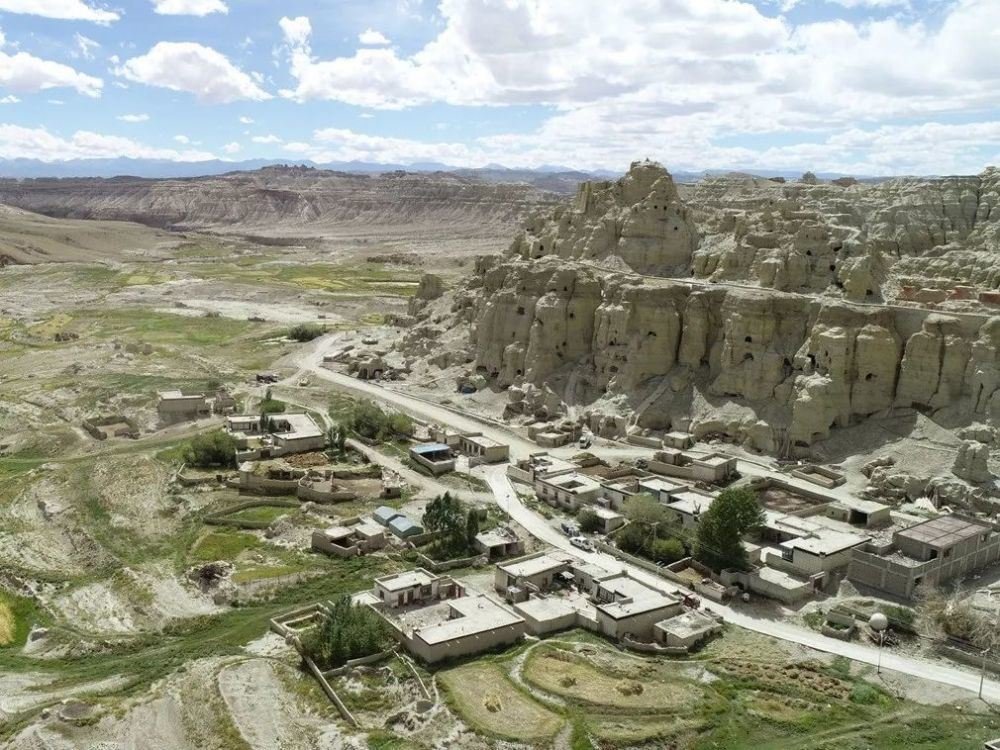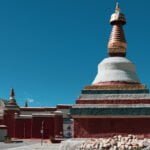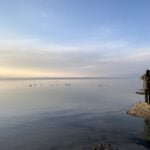Dongkar Phiwang Castle part of is the Ancient Guge Dynasty. One of the eight major monasteries built by Rinchen Sangpo. Dating from the 10th century AD. It was once the political, economic and cultural center of the Guge kingdom.
Dongkar Phiwang are scattered on the cliffs north of Dongkar Village. The dense caves of Dongkar Phiwang on the mountain can be seen on the way. There are nearly 200 caves, stretching for 2 kilometers, like hives. Several caves with beautiful frescoes are concentrated on a “U”-shaped cliff to the east.
Archaeologists have excavated Dongkar Caves and Phiwang Caves on earth and stone cliffs near Dongkar Village. This is largest Buddhist grotto site ever discovered in Tibet. The Dongkar frescoes in the three caves concentrated on the half-mountain are well preserved. Its formation and its age are not recorded in many Tibetan historical, religious and cultural archives. It is a cultural mystery that has yet to be solved. But one thing can be determined, The cave murals have a history of nearly a thousand years. The archaeological and research value is very high.
The frescoes of the grottoes have a long history and rich content. There are some exotic characters, patterns and shapes in the paintings. The frescoes are painted with special mineral pigments and are timeless and undiminished. The main themes of the frescoes are Buddha statues, Buddhist stories, statements, etc. As well as a variety of decorative patterns and secret mandalas and so on. All kinds of celestial patterns are the most vivid and varied.
To the north of the Dongkar site is the Phiwang Grottoes, a large-scale site of monasteries, castles, grottoes and Tallinn. About 1,000 caves are scattered on the mountain, some of which have collapsed, but on a larger scale than Dongkar.

















